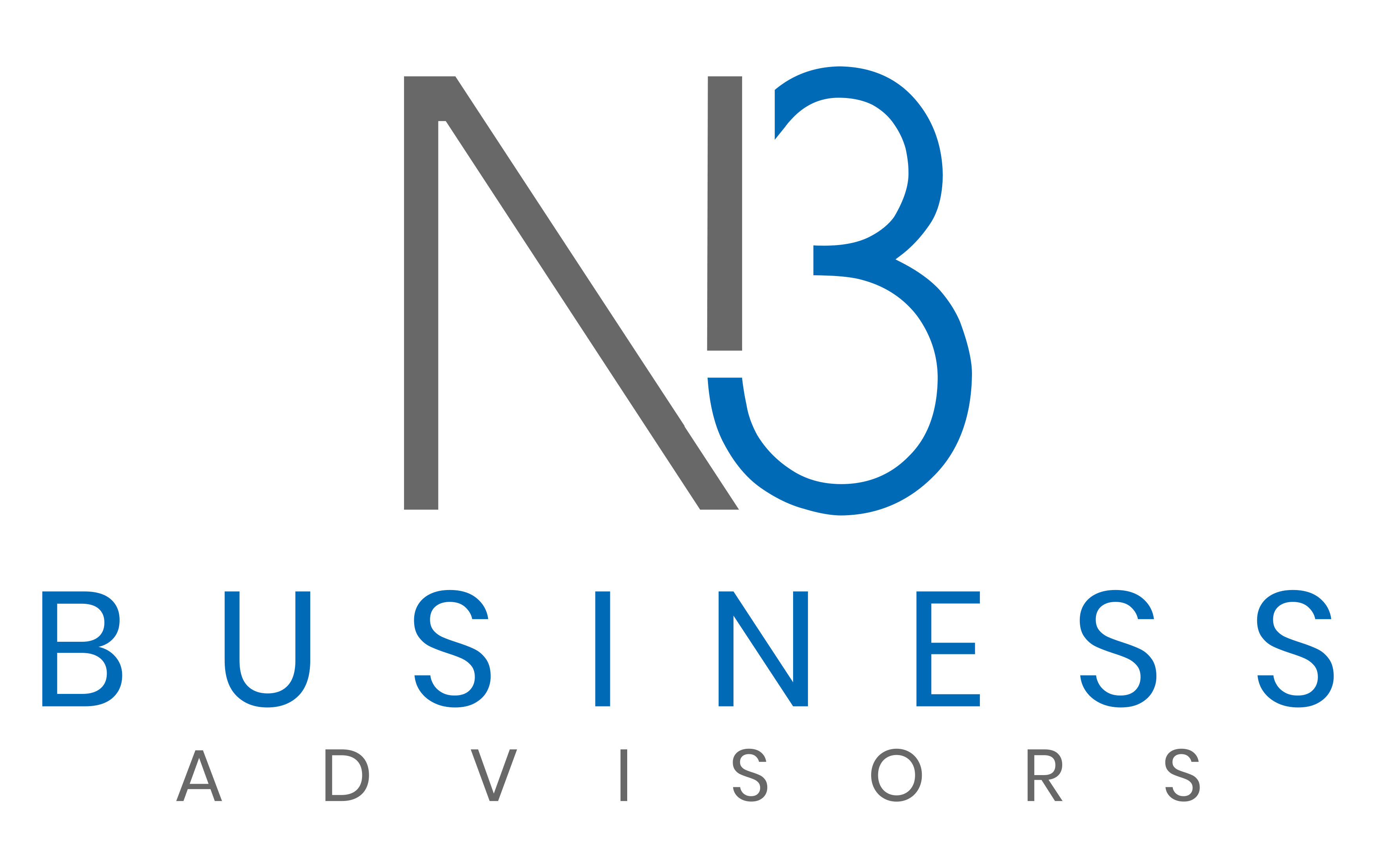In the fiercely competitive construction industry, offering top-notch services isn’t enough to stand out. Clients are increasingly discerning, looking not only for quality but also for the specific value a company can bring to their project. This is where a well-defined value proposition becomes a game-changer. A strong value proposition is essentially a clear statement that explains why a potential client should choose your construction business over the competition. It highlights the unique benefits and solutions your company provides, ensuring you capture and hold the attention of your target audience.
But how do you craft a value proposition that truly resonates with your market, sets your business apart, and drives growth? In this article, we’ll break down the key elements of creating a powerful value proposition that will help you thrive in the competitive construction landscape.
1. Know Your Audience Inside Out
The first step in crafting a compelling value proposition is understanding the needs, pain points, and desires of your target audience. Without this insight, it’s nearly impossible to create a message that resonates. Knowing your audience allows you to position your company as the best solution to their specific problems.
In the construction industry, clients’ priorities can vary greatly. Some may be focused on cost-efficiency, while others prioritize sustainability, craftsmanship, or fast project completion. Before you can define your value proposition, you need to identify what your specific audience cares about.
Tips for Understanding Your Audience:
- Client Surveys and Interviews: Directly engage with your past and current clients through surveys or interviews. Ask them about their main concerns, what they value most in a contractor, and what they think could improve their experience.
- Industry Research: Stay updated on the latest trends in the construction industry. Are eco-friendly materials gaining traction? Are clients becoming more focused on project timelines due to tight budgets? Understanding broader industry trends will help you anticipate and meet client demands.
- Analyze Competitor Offerings: Understanding what your competitors are offering can also help you identify gaps in the market that you can fill. Are there needs that aren’t being met? Can you offer a superior service or a more innovative solution?
Pro Tip: Use feedback from real clients to shape your value proposition. The more data-driven your approach, the more targeted and effective your messaging will be.
2. Identify and Highlight Your Unique Selling Proposition (USP)
What makes your construction business different from all the others? In marketing, this is called your Unique Selling Proposition (USP). It’s the cornerstone of a strong value proposition and will define why clients should choose you. This could be a combination of factors, such as your years of experience, use of innovative technology, commitment to sustainability, or exceptional customer service.
Examples of Potential USPs:
- Sustainability Focus: If your company specializes in eco-friendly building practices, emphasize how your sustainable solutions not only benefit the environment but also save clients money in the long term through energy efficiency.
- Advanced Technology: If your firm uses the latest construction technology, like drones for site inspections or 3D modeling for project planning, this can be a major selling point.
- Timeliness and Efficiency: Some construction companies can highlight their ability to deliver projects faster or more efficiently than competitors. For example, “We complete projects 15% faster than the industry standard, ensuring minimal disruption to your business.”
At N3 Business Advisors, we emphasize how our advisory services are specifically tailored for construction businesses. By focusing on niche expertise, we’ve managed to differentiate ourselves from more general consulting firms. Similarly, your company should have a clear USP that sets it apart from the competition.
3. Craft a Clear and Concise Statement
Once you’ve identified what sets you apart, it’s time to put it into words. Your value proposition should be easy to understand and instantly convey the unique benefits your business offers. It’s important to avoid vague statements that don’t clearly communicate your value. A good value proposition should articulate exactly what you offer, who you serve, and how you solve their problems.
For Example:
- Instead of saying, “We provide high-quality construction services,” a more specific and compelling statement might be: “We specialize in custom residential builds that exceed industry standards, delivering 25% faster completion times while maintaining exceptional craftsmanship.”
- If your business focuses on energy-efficient building techniques, you might say, “We design and construct homes that are 30% more energy-efficient, reducing long-term costs for homeowners and contributing to a greener environment.”
Pro Tip: Try the “10-second test.” If someone can’t understand your value proposition in 10 seconds, it’s probably too complex. Simplify it until it’s clear and impactful.
4. Solve a Specific Problem
Clients hire construction companies to solve specific problems — whether it’s building a new home, renovating an office space, or ensuring a project is completed on time and within budget. Your value proposition should directly address the most pressing issues your clients face. What problem does your company solve, and how do you solve it better than others?
For example, if you specialize in commercial construction, your value proposition might focus on the timely delivery of projects. If residential building is your focus, you could emphasize customization and craftsmanship. It’s important to match the solution you provide with the exact problem your clients are looking to solve.
Example:
- “We help commercial property owners complete large-scale projects on time and within budget, ensuring minimal disruption to their operations.”
- “Our sustainable building practices reduce energy costs for homeowners by 20%, offering long-term savings and a smaller carbon footprint.”
By focusing on the specific problems your clients face, you position your company as a true partner in their success.
5. Show the Tangible Benefits
Clients don’t just want to know what you do; they want to know what’s in it for them. Your value proposition should clearly communicate the tangible benefits your services provide. These benefits could include saving time, reducing costs, improving quality, or offering a superior customer experience.
Here’s how to communicate tangible benefits:
- Time Savings: “Our streamlined project management approach reduces construction time by 15%, allowing clients to move into their new spaces faster.”
- Cost Savings: “Our energy-efficient designs lower utility costs for homeowners by up to 30%, providing long-term financial savings.”
- Improved Quality: “With over 20 years of experience, we ensure every detail of your custom home is built to perfection, delivering a finished product that exceeds expectations.”
Pro Tip: Use specific numbers and statistics wherever possible. Concrete data makes your claims more credible and helps potential clients understand the value you provide.
6. Appeal to Emotion as Well as Logic
While facts and figures are essential, don’t underestimate the power of appealing to emotions in your value proposition. In the construction industry, clients are often making significant emotional investments, whether it’s building their dream home or renovating a space for their growing business. By tapping into these emotions, you can create a deeper connection with your audience.
For example, instead of focusing solely on the practical aspects of your service, you might emphasize the joy and pride your clients will feel when they see the final results of your work.
Examples of Emotionally Charged Value Propositions:
- “We bring your dream home to life, ensuring every detail reflects your personal style and vision.”
- “Our craftsmanship doesn’t just build homes — it creates spaces where families grow and memories are made.”
By combining emotional appeal with logical benefits, you create a well-rounded value proposition that resonates with both the heart and the mind.
7. Communicate Your Value Proposition Effectively
Once you’ve crafted your value proposition, it’s essential to communicate it effectively across all your marketing channels. Your website, social media, brochures, and even your sales pitches should all consistently reflect your value proposition. Every client interaction is an opportunity to reinforce the unique value your company brings to the table.
Key Places to Highlight Your Value Proposition:
- Your Website’s Homepage: Make sure your value proposition is one of the first things visitors see when they land on your site.
- Marketing Materials: Include your value proposition in brochures, flyers, and other printed materials.
- Sales Presentations: Train your sales team to incorporate your value proposition into their pitches, ensuring a consistent message.
- Social Media Profiles: Your social media bios and posts should reflect your value proposition, keeping it top-of-mind for your audience.
8. Test, Tweak, and Refine Your Message
The construction industry is constantly evolving, and so should your value proposition. As you gather feedback from clients and see how your value proposition performs in the market, you may find that some adjustments are necessary. Don’t be afraid to tweak your message to better align with changing client needs, industry trends, or new services you offer.
Testing different versions of your value proposition can also be useful. Try different wording, benefits, or focuses to see which version resonates best with your audience.
Pro Tip: Use A/B testing on your website or in email campaigns to see which value proposition generates the most leads or conversions.
9. Align Your Value Proposition with Your Brand
Finally, your value proposition should align with your overall brand identity. It’s not just about what you say, but how you say it. The tone, language, and style of your value proposition should be consistent with your brand voice and the overall image you want to project.
If your brand is all about innovation and cutting-edge technology, your value proposition should reflect that. If your brand is focused on tradition and craftsmanship, make sure your messaging emphasizes those qualities.
Pro Tip: Ensure that every team member understands your value proposition and embodies it in their interactions with clients. A unified message will strengthen your brand and build trust with potential clients.
Conclusion: Building a Strong Foundation for Growth
In the construction industry, having a well-defined value proposition is like having a strong foundation for a building — without it, everything else can crumble. Your value proposition is your chance to communicate the unique benefits you bring to your clients, differentiate yourself from competitors, and drive growth.
Crafting a value proposition that resonates with your audience takes time and effort, but it’s one of the most important investments you can make in your business. By understanding your audience, highlighting what makes you unique, and clearly communicating the tangible benefits you provide, you’ll create a powerful value proposition that sets you apart in the crowded construction market.
At N3 Business Advisors, we help construction companies refine their value propositions and align them with broader business strategies. Let’s discuss how we can help you sharpen your message and take your construction business to the next level.
Disclaimer:
Any information provided here is for informational purposes only. It should not be considered as legal, accounting, or tax advice. Prior to making any decisions, it’s the responsibility of the reader to consult their accountant and lawyer. N3 Business Advisors and its representatives disclaim any responsibilities for actions taken by the reader without appropriate professional consultation.

